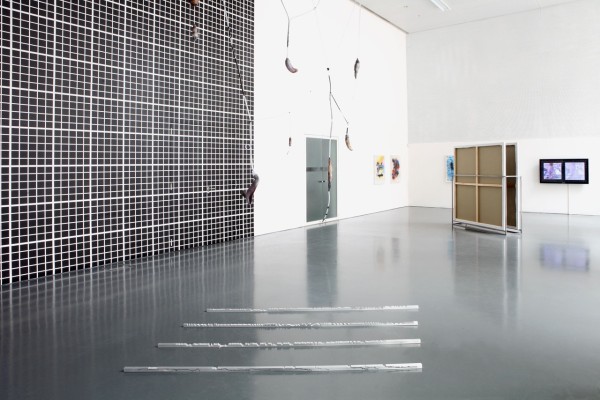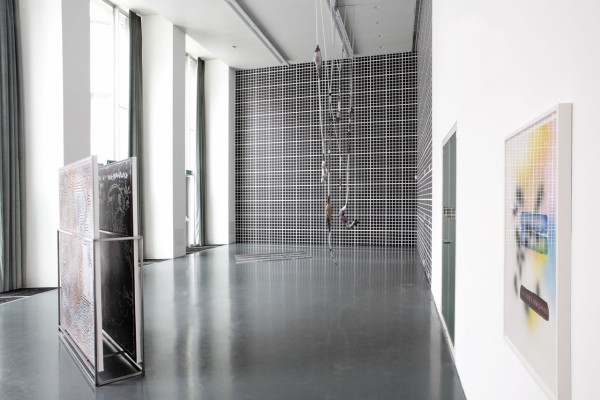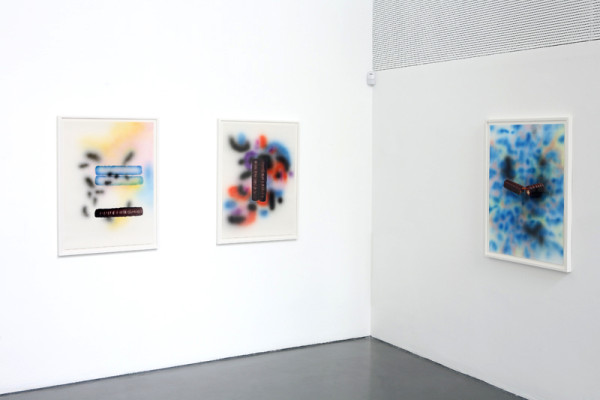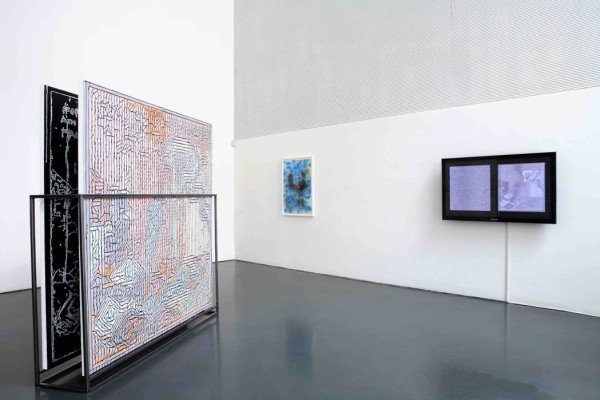Inflected Objects #1 Abstraction
Friday, 12 June 2015
There is no such thing as a confined virtual domain. Computational processes can be traced everywhere and are deeply interwoven into the fabric of everyday routines. This results in a hybrid reality constituted by digital and physical infrastructures alike. As a result, artistic production that deals with questions related to digital culture has increasingly focused on objects, acknowledging the hybrid status of current digital culture and its embeddedness in a world of material things.
At the same time, the digital has become interwoven with the hyper-capitalist fabric of society: vast parts of the contemporary web are presently owned by a few private mega companies, which capitalize on the content and data generated by the users of their platforms. Data exchanged at a rapid pace is gathered, profiled and put to work, so that more products can be sold. Social media profiles have become commodities whose exchange value is measured in likes, social capital and ultimately sold for hard cash. Never have the logics of late capitalism been incorporated so intimately into our daily lives.
Linking this reality to artistic production, the digital can no longer be approached as a medium with distinct mechanisms and a specific aesthetic. “The digital” as such is hard to pin down. Still, if one wants to tackle the specificity of contemporary digital culture, it is characterized by an exceedingly complex technological and economic infrastructure that achieves high levels of abstraction. As more and more processes are digitized, the world is increasingly permeated by calculative, software-enabled infrastructures running silently in the background. As a result, we increasingly depend on these abstract processes that fly airplanes, switch on traffic lights, and determine the value of the money in bank accounts.
Digitization is based on a binary system, building up information on the basis of two symbols: zeros and ones. These fundamental bits then compose code, software, communication, images and social settings. Abstraction results in movement, dynamic, flow – a current that structures and forms what we see, buy and interact with.
The first exhibition in the series Inflected Objects, titled “Abstraction – Rising Automated Reasoning,” analyzes the relation between the increasingly abstracted technological and economic flows that structure our lives and influence the material objects produced. It investigates how abstracted, computational and economic processes leak in, mingle, underlie and structure physical materiality.
Inflected Objects #1 Abstraction – Rising Automated Reasoning at Istituto Svizzero curated by Valerio Mannucci & Melanie Bühler and featuring the works of Philippe Decrauzat, Harm van den Dorpel, Katharina Fengler, Femke Herregraven, Lars Holdhus, and Pierre Lumineau
http://www.inflected-objects.com/




